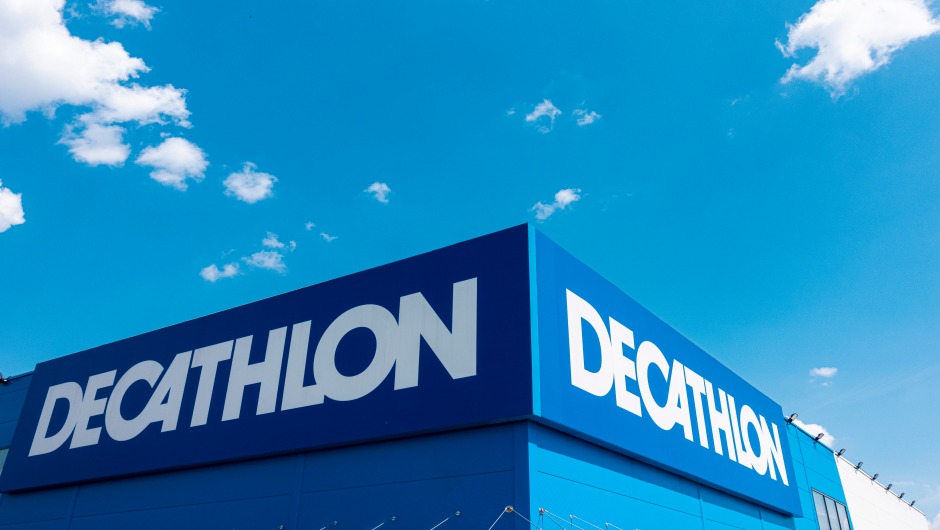

Sustainable SCF: where should you start?

With ESG rising up the corporate agenda, the biggest opportunity for improvement often lies in a company’s supply chain. One solution is to adopt a sustainable supply chain finance solution – but what does this involve in practice? The treasurers of two retail companies drill down into the details, from engaging with suppliers to setting internal KPIs.
As companies focus more closely on ESG, many are looking to improve the impact of their operations. For some types of companies, this means looking not just at their own activities, but also at those of their suppliers. As Domingos Antunes, Treasury & Finance Director at sports retail company Decathlon, explains: “Seventy-five percent of our CO2 emissions come from the production of our goods – so as we are not producing them ourselves, we need to put some pressure on our suppliers in order to meet our CO2 emission targets for 2026.”
Decathlon has long focused on setting standards for supplier behaviour: the company has conducted audits on suppliers’ social and environmental standards for the last 20 years, and decides whether or not to work with specific suppliers based on an internal ranking exercise. More recently, the company has built upon this work by incorporating a sustainability focus into its reverse factoring programme.

“It’s quite a young programme – we only started it five years ago, and we have about 40 suppliers onboard,” explains Antunes. He adds that suppliers with the highest ESG scores are able to access a more attractive cost of financing – providing an incentive for suppliers to improve their performance.
This type of programme has been pioneered in Europe by sports manufacturer Puma, which began work on its own project back in 2015. “In the beginning, we gained compliments, awards – and also smiles, due to being a bit naïve and altruistic,” reflects Frank Waechter, Global Director Treasury & Insurance. Nevertheless, he says, the supplier acceptance rate has tripled during the COVID-19 crisis, with the programme expected to finance over $500m in 2021. Building on this success, the company is now looking to offer an ESG-linked purchase order financing programme – “because of course, working capital consumption starts before the invoice is sent.”
KPIs and supplier ratings
For Puma, there are two angles to supplier ESG compliance: suppliers have to fulfil a relatively wide set of minimum requirements in order to do business with the company at all, and financial incentives (in the form of better financing rates) are then available for companies that go beyond those criteria. For Decathlon, suppliers that fall short of a certain level of compliance are not permitted to take part in the SCF programme – and the consequences are set to be more severe going forward. “If you are a supplier that is not A or B rated today, in the near future, you will no longer work with Decathlon,” Antunes warns.

Deciding how to rate suppliers is a critical element of any sustainable SCF programme, and Puma’s approach to this has evolved over time. “First we concentrated on social elements such as fair pay and production security,” says Waechter. “We have since extended these ratings to include environmental elements like water management, waste management and carbon footprint.”
The rating process can be an interactive one, particularly once the financing rates of the programme are attached to different supplier ESG ratings. Waechter says companies need to be prepared to share ratings with suppliers and discuss the reasoning behind scores, as well as setting out the actions needed to improve upon them. External input can also help companies pin down which targets to set: “Having an audit on those calculations can provide better feedback on whether a KPI is a good target, and external parties can also compare your results with other companies,” says Antunes.
Also important is the nature of the financial incentive attached to sustainable SCF. Waechter notes that there has to be a meaningful spread between the funding costs associated with higher and lower ESG ratings. “We want to incentivise suppliers that are already putting an emphasis on sustainability and social elements – but the difference won’t be enough to finance a solar panel on the roof of a factory, as it is a supply chain financing structure, not capex financing,” he observes. “We have to be honest in that regard.”
Standardisation and collaboration

While companies are currently approaching the supplier rating process on an individual basis, a more standardised approach may be needed in the future as companies continue to adopt sustainable SCF programmes. “We really need to drive towards a standardised supplier ESG rating methodology,” says Waechter, adding that suppliers face a burden if they have to undergo different sustainability ratings for Puma and its competitors, with similar but different questions. “I would like to see the ESG agencies invest, and the industry representatives team up with us,” he comments.
Banks, likewise, have a role to play in driving progress in this area. Marion Reuter, Regional Head of Transaction Banking Sales UK/Europe at Standard Chartered, says banks need to “support the journey to make sustainable trade solutions the norm, and to be seen as following transparent criteria that are also commercially beneficial.” She adds: “Sustainable supply chain finance and sustainable trade is not just the future – it’s something you can already tackle today. And companies like Puma and Decathlon are clearly helping to change things.”